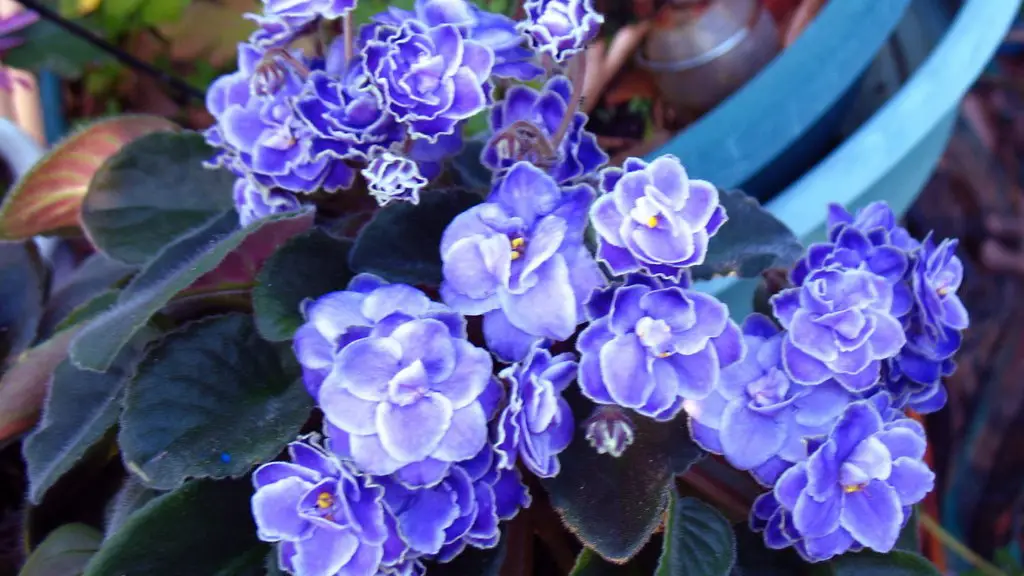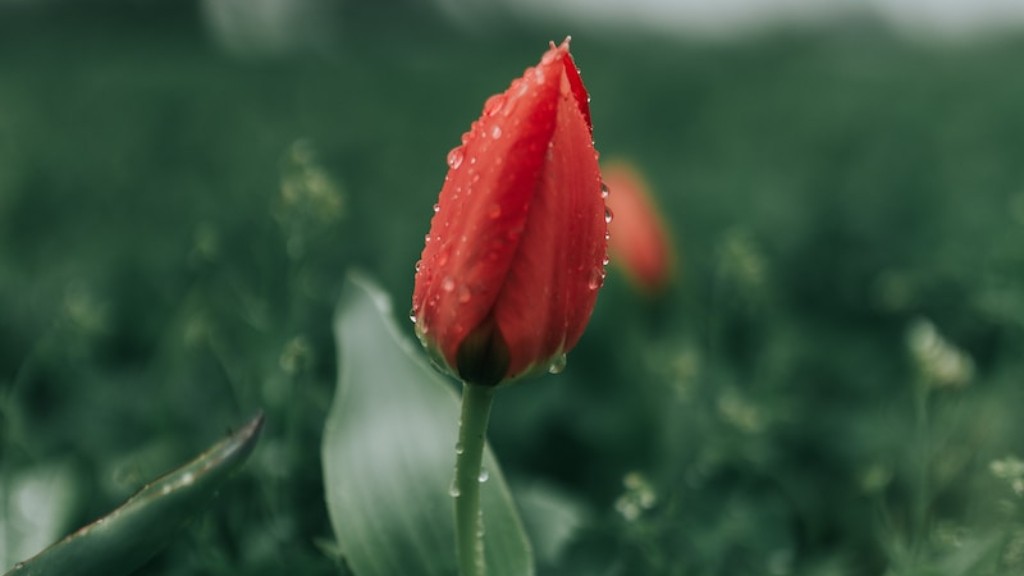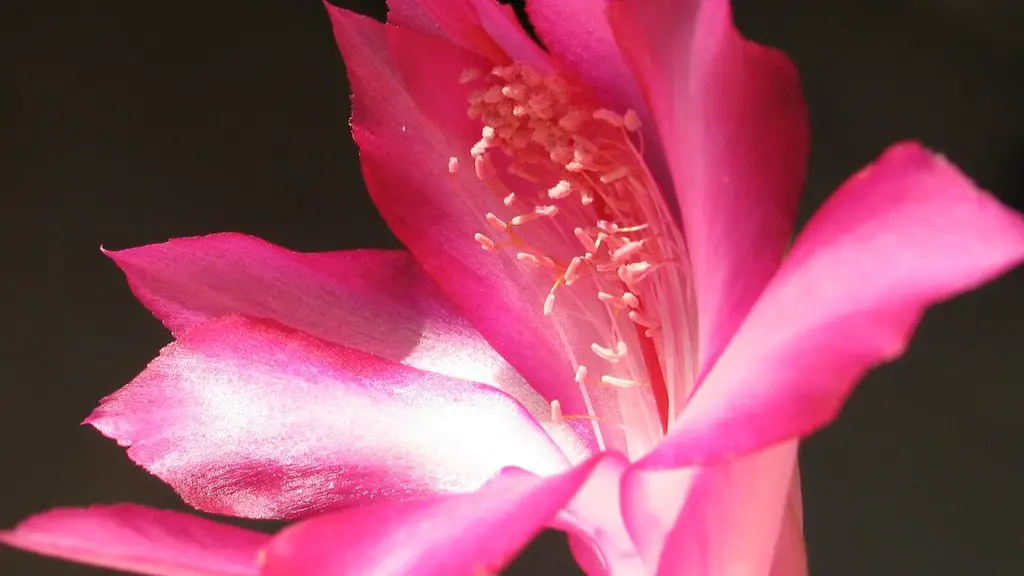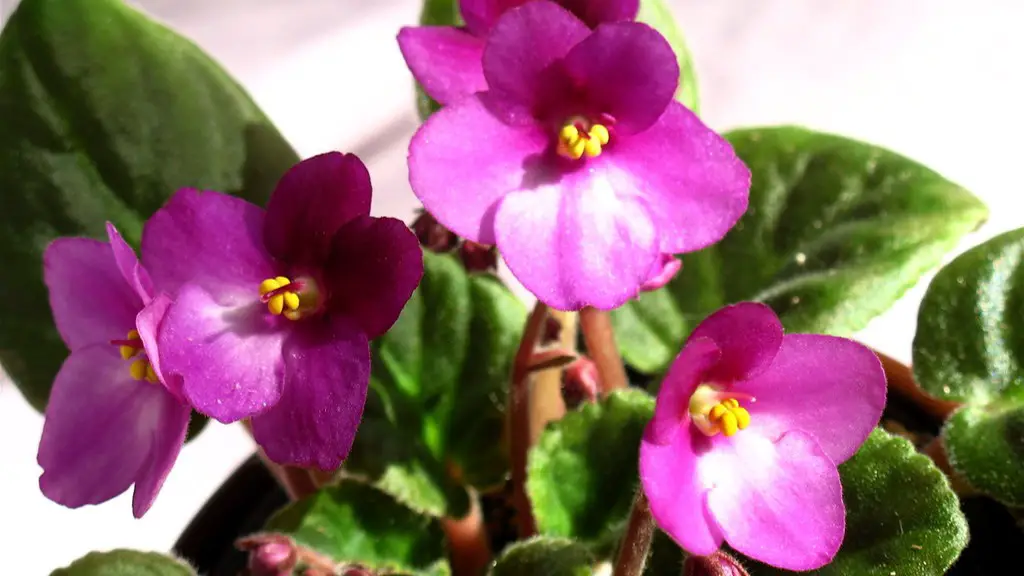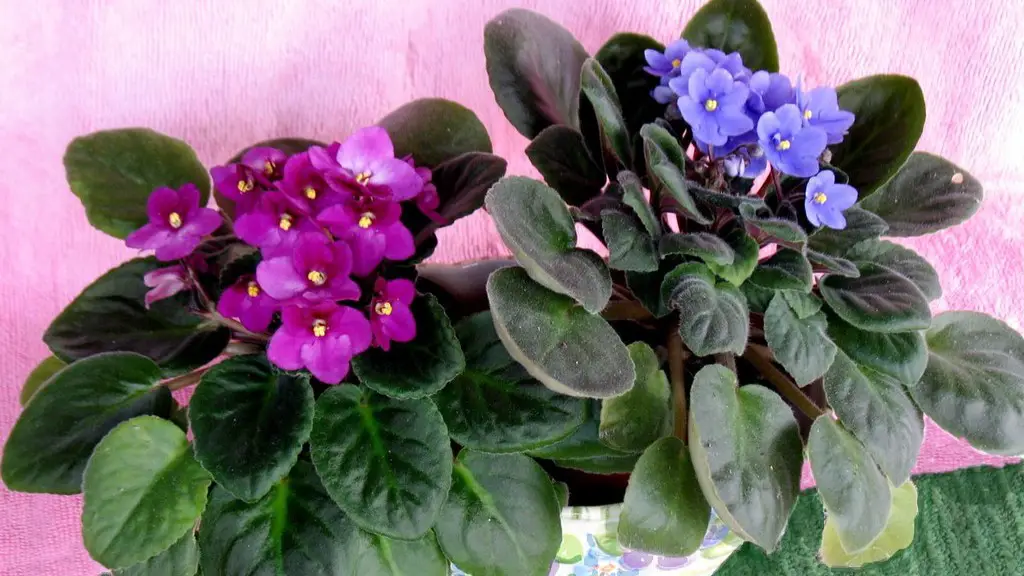African violets are a type of flower that is native to Africa. They are known for their beautiful colors and their ability to grow in low light.
Unfortunately, African violets are also susceptible to mold. Mold can cause the leaves of the plant to turn yellow and can even kill the plant if it is not removed.
There are a few different ways to remove mold from African violets. One way is to use a mixture of water and bleach. Another way is to use a mixture of water and vinegar.
If you have African violets that are affected by mold, it is important to remove the mold as soon as possible. Mold can spread quickly and can kill your plants if it is not removed.
To remove mold from African violets, start by trimming any moldy leaves with a sharp knife. Next, mix together equal parts vinegar and water in a spray bottle and use it to lightly mist the moldy areas of the plant. Let the plant dry completely in a sunny spot before spraying it with a fungicide to prevent the mold from returning.
Why does my African violet have mold on it?
Overwatering is one of the biggest problems for African violets. Too much moisture creates conditions where disease and fungus can develop more readily. Make sure you only water your African violet when the top part of the soil is completely dry.
If you have African Violets that have Powdery Mildew, it is best to treat them as soon as possible. Powdery Mildew is a superficial fungal growth that covers the leaves and flowers of African Violets with a light gray powder. If left untreated, Powdery Mildew will cause discoloration of the affected leaves and flowers. There are several ways to treat Powdery Mildew on African Violets. You can use a fungicide that is specifically labeled for use on Powdery Mildew, or you can make your own fungicide using a mixture of water and baking soda.
How do you disinfect African violet leaves
If you have an African Violet plant that you would like to clean, you can bring it under a stream of water at an angle and rotate the plant. Gently let the water trickle over the leaves, being careful not to hit the crown directly with the stream of water. You can use your fingers to gently rub the crown and leaves and clean them.
Powdery mildew is a fungal disease that can affect a variety of plants. Sulfur, lime-sulfur, neem oil, and potassium bicarbonate are effective organic fungicides for treating powdery mildew. These fungicides are most effective when used prior to infection or when you first see signs of the disease. Baking soda has also been proved to be effective in treating powdery mildew by many gardeners.
Does plant mold go away?
If you have a plant that is prone to mold growth, placing it in direct sunlight for a day or two can help eliminate the problem. This is especially effective in the winter months when mold growth is more common. Making this a regular part of your plant care routine can help keep your plant healthy and free of mold.
To remove mold from your walls, mix one part bleach with three parts water in a spray bottle. Saturate the mold and surrounding area, let the solution soak in for 10-15 minutes, then use a scrubbing brush to remove the mold and stains.
Can you wipe off powdery mildew?
Powdery mildew is a fungal disease that affects a wide range of plants. It is characterized by a white, powdery coating on the leaves and stems of affected plants. Powdery mildew is a damaging disease because it interferes with the plant’s ability to photosynthesize. As the disease progresses, the leaves of affected plants turn yellow, wilt, and eventually die. Powdery mildew is most commonly seen in humid, shaded areas.
Powdery mildew is a fungal disease that affects a wide range of plants. It is characterized by a white or gray powdery coating on the leaves and stems of affected plants. Powdery mildew can weaken and even kill plants if left untreated.
To treat powdery mildew, remove and discard any affected leaves, as well as any that have dropped to the ground. Then treat the rest of the plant preventatively with a fungicide. If you see powdery mildew on buds, clip and discard them as well.
Should I throw away plant with powdery mildew
If you notice powdery mildew on your plants, it’s important to remove any infected leaves or stems immediately and dispose of them. This will help prevent the spores from spreading to other plants or causing future outbreaks.
Adding hydrogen peroxide to fertilized water can help prevent algae growth. However, the plant may not soak up the water if the concentration is too high. To resolve this, pour the water through the top of the pot to try to get the capillary action going.
What do you spray on African violets?
If you have African violets that are infested with aphids, you can try using warm water and dish soap to remove them. Or, you can find different pesticides that will kill aphids on African violets. However, it is always better to try non-chemical methods first. Neem oil is another option.
If you have got any plants with fuzzy leaves, the best way to clean them is not to get their leaves wet. Instead, use a soft-bristle paintbrush, soft toothbrush, or pipe cleaner to gently brush from the base of each leaf to the tip to dislodge dust, fuzz, and other debris.
Does soapy water get rid of powdery mildew
This is a great remedy for powdery mildew on plants! Mix a tablespoon of baking soda with a teaspoon of liquid dish soap in a gallon of water and sprayed on plants every one to two weeks, and you will see a difference!
Vinegar is a great way to control powdery mildew. The acetic acid in vinegar can help to kill the mildew and prevent it from coming back. A mixture of 2-3 tablespoons of vinegar and a gallon of water is all you need.
Does overwatering cause powdery mildew?
Powdery mildew is a type of fungus that can grow on plants in high humidity or when the plants are overwatered. The fungus is white or gray and looks like powder. It can cause the leaves of the plant to turn yellow or brown and the plant may produce less fruit.
If you’re looking for a natural way to repel mold from your houseplants, try using cinnamon, baking soda, apple cider vinegar, or neem oil. Simply sprinkle or spray one of these ingredients on top of the soil, and it should help keep mold at bay without harming your plant.
Conclusion
Mold can be removed from African violets by gently wiping the affected area with a soft, damp cloth. If the mold is stubborn, you can try scrubbing with a soft brush or using a mild soap solution.
If you have african violets that have mold on them, there are a few things you can do to get rid of the mold. One option is to soak the african violets in a solution of bleach and water. Another option is to use a fungicide. You can also try using a combination of the two.
